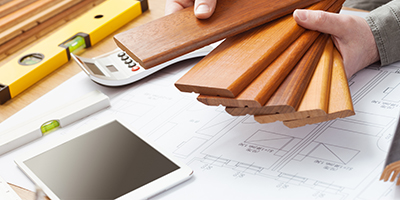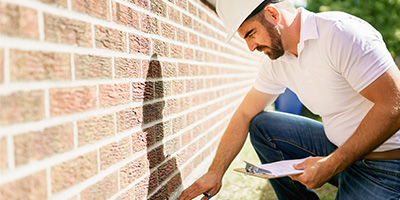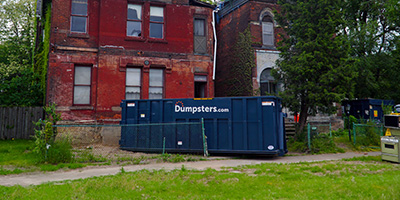Hazardous Waste Landfills: The Last Stop for Harmful Waste
Hazardous waste is harmful to the environment. Learn how it's properly disposed of to keep our planet safe.
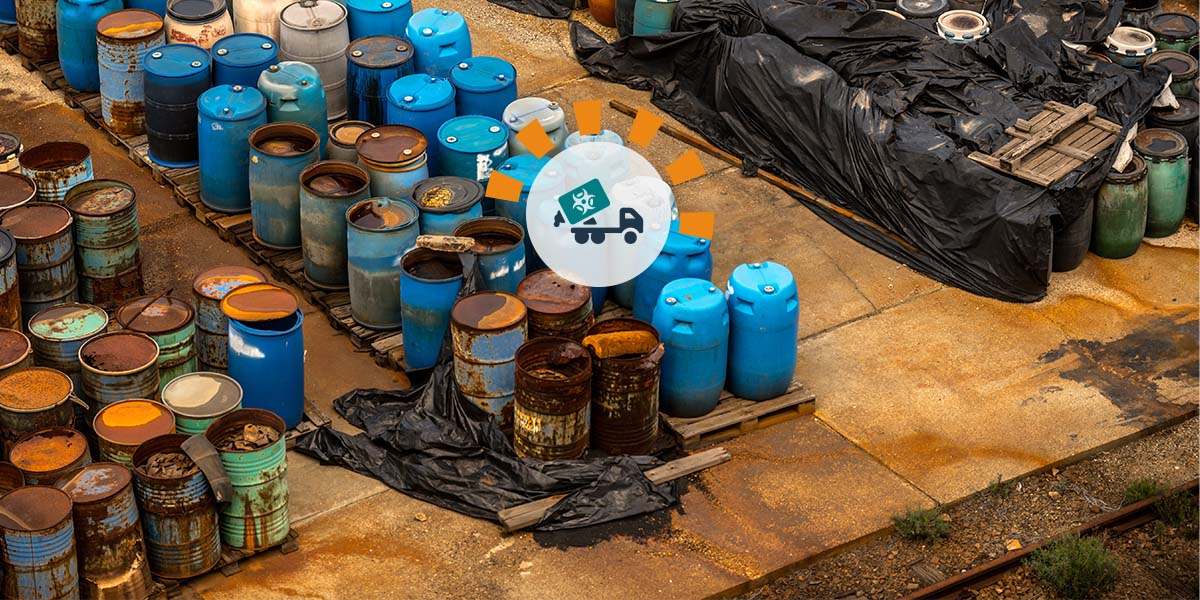
How Do Toxic Waste Landfills Work?
When hazardous waste isn’t disposed of properly, it can be harmful to human health and unsafe for the environment. If mishandled, it can seep into the ground and pollute the water we drink or the soil we use — or even disperse into the air we breathe. That’s why hazardous waste landfills are designed to collect, treat and safely dispose of harmful materials. Learn more about the process and technology from Dan Collins, CEO of Wastebits, for a better understanding of what happens to hazardous waste.
What Is Hazardous Waste?
Hazardous waste is defined as a toxic, reactive, ignitable or corrosive material that poses a substantial or potential threat to public health and the environment.
You may use hazardous materials in your home every day and not even realize it. For example, paints, auto fluids and batteries are considered harmful items that can’t go in your regular trash. These items are not dangerous if you use them according to the directions on their labels, but they are typically prohibited from regular landfills because they can pose safety concerns if not handled properly. That’s why it’s important to take them to a hazardous waste drop-off facility and check with your city or county about specific guidelines.
More Hazardous Waste FAQs
What are different types of hazardous waste?
Any waste that poses health or safety risks to humans or the environment is considered hazardous waste, including:
• Car batteries
• Oil- or solvent-based paint
• Caustic household cleaners
• Automotive fluids and motor oil
• Kerosene, gasoline or lighter fluid
• Pesticides, herbicides and fungicides
Can I throw hazardous waste in a dumpster?
No, you cannot throw hazardous waste into a front load or roll off dumpster. Dumpsters are usually emptied into municipal solid waste (MSW) landfills, and can only take non-hazardous trash items.
Accepted items can vary from city to city, but hazardous waste is never permitted in front load or roll off dumpster rentals for health and safety purposes.
How do I toss hazardous waste safely?
If you need to toss hazardous materials, there are a few options for safe disposal. Check for areas near you to schedule a drop-off. Your city website may also provide specific instructions for certain materials and a designated site. Depending on the waste, there may be disposal instructions on the label.
Contact your local health agency if you have any questions on the safest way to get rid of your hazardous materials.
What's the difference between hazardous and non-hazardous waste?
Hazardous waste is simply defined as waste that has the ability to harm people or the environment. Common examples you can find are motor oil and household cleaners. Non-hazardous waste covers common things that are thrown out every day and pose no health risk, like food waste and cardboard boxes.
What's the difference between hazardous and toxic waste?
The difference between hazardous and toxic waste is a measure of health risk. Hazardous waste should be handled carefully but poses fewer concerns when you come in contact with it. Toxic waste has a larger risk to your health if it's absorbed, like drain openers and antifreeze.
What Is a Hazardous Waste Landfill?
Also known as a toxic waste landfill, this is a facility used specifically for the disposal of hazardous materials that’s been carefully designed to minimize the chances of hazardous waste being released into the environment.
Hazardous Waste Landfill FAQs
Where can I find hazardous waste landfills in my area?
You can find a hazardous waste landfill and instructions for disposal on your state's website. If you can't find the designated site for your area, feel free to use the EPA's hazardous waste finder.
Who regulates hazardous waste landfills in the US?
Under the Resource Conservation and Recovery Act (RCRA), the EPA has a system established to control hazardous waste for energy conservation and overall health of our natural resources.
Diagram of a Hazardous Waste Landfill
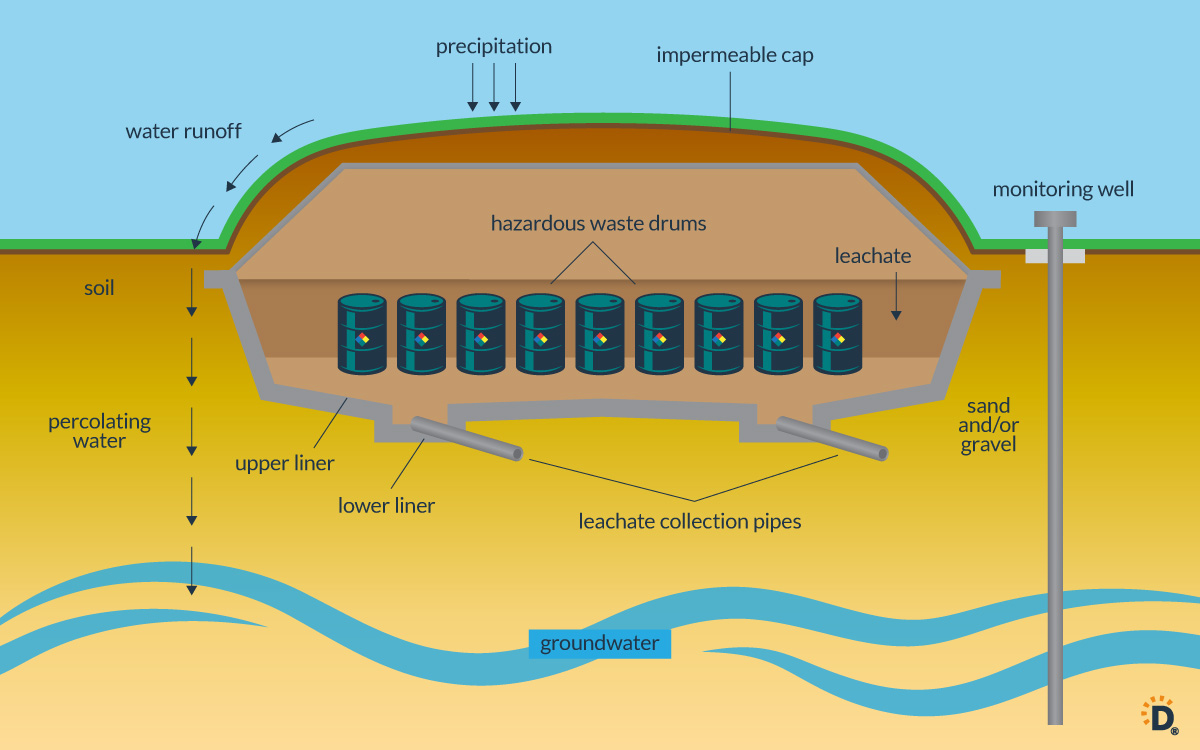
4 Hazardous Waste Landfill Regulations Explained
Hazardous waste facilities are regulated more strictly than the regular landfills where your weekly trash gets dumped. These rules ensure that disposing of dangerous items does not contaminate groundwater that may be used and consumed by people or animals in the area.
1. Double-Lined Leachate Collection System
One of the most important ways these facilities keep the surrounding environment safe from the materials tossed in a hazardous waste landfill is to keep ten feet of separation between the bottom of the landfill and the bedrock or groundwater table below. Above these ten feet of space are two impermeable liners and a leachate collection system.
Leachate is a contaminated liquid created by water filtering through contaminants and becoming contaminated itself. The double leachate collection system consists of a network of perforated pipes placed above each liner. The upper system prevents accumulation of leachate in the landfill, and the lower system is a backup. Then, leachate is pumped to a treatment plant.
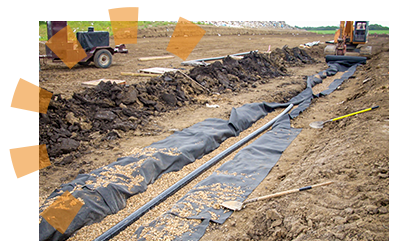
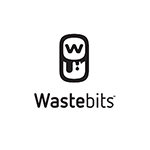
"Think of it like a bathtub. Landfills are designed to keep the materials inside their own containment areas. At the bottom of the containment area is the leachate system. If anything seeps through, there’s an alert to notify operators of where a leak may be."
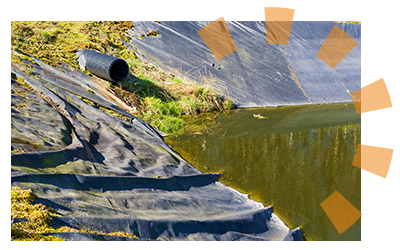
2. Groundwater Monitoring System
This is a series of deep wells drilled in and around the site. The wells make it easy to routinely test groundwater for contamination to detect leaks in liners and the leachate collection system. If leaks occur, the wells can be pumped to intercept the polluted water and bring it to the surface for treatment.
3. Liquid Hazardous Waste Disposal
To get rid of hazardous liquid detected by the monitoring system, the facility can use deep-well injection. This involves pumping liquid waste at high pressures through a steel casing into a porous layer of limestone or sandstone. The liquid is forced into the pores and fissures of the rock where it will be permanently stored.
These injection zones must take place below a layer of impervious rock or clay, meaning they can extend more than half a mile below the surface. This process requires little, if any, pretreatment of the waste, but it is possible for leaks to occur and pollute subsurface water supplies, bringing us back to the groundwater monitoring system.
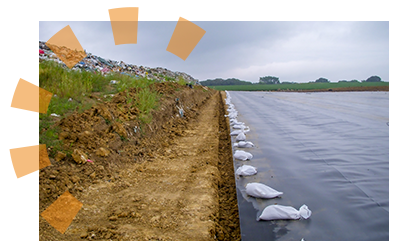
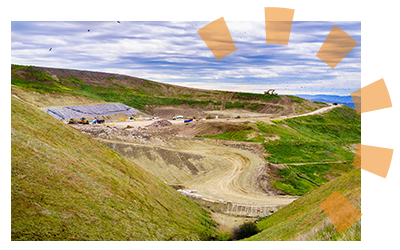
4. Maintaining Safety After the Landfill Is Capped
Once a hazardous waste landfill is full, the operators aren’t off the hook. They need to cover the landfill with an impermeable cap and are required to comply with inspection, monitoring and release requirements. These efforts are meant to reduce the amount of leachate in the landfill to prevent runoff and run-on from damaging the cover. This also protects the area around the landfill.
Closure and post-closure care involve:
- Installing the protecting surveyed benchmarks.
- Installing and maintaining a final cover over the landfill.
- Maintaining and monitoring the leak detection and groundwater monitoring systems.
- Continuing to use the leachate collection and removal system until leachate is no longer detected.

"The post-closure side of the business is equally as important as when the site is running. For every ton or cubic yard of debris that comes to the site, there’s a dollar amount set aside to properly care for the site post-closure. I’ve found that the companies I know of that own hazardous waste landfills are very responsible and not willing to trade off profit for risk and liability. They would shut down the site before risking the community."
Safe Hazardous Waste Disposal
While we know that hazardous waste is safely regulated once it's taken to a disposal site, it's also important that it's handled with care before it arrives. When you take hazardous items to a local drop-off facility or schedule a pickup, make sure liquid waste is properly sealed and other items won’t be dangerous to touch. While we generally don’t collect hazardous waste in our containers, if you’re renting a dumpster and have a few items we can't accept, our experienced team will help you find the solution you need to safely get rid of these materials.
Expert Contributors

Dan Collins
Dan is the CEO of Wastebits, a software company based in Akron, OH. They developed a web-based platform that allows generators, waste facilities and providers a space to connect and track waste activity. Before he founded the company in 2014, Dan spent six years working in the waste industry.
What Do You Think?
Need to know more about hazardous waste? We're listening. Head over to Twitter, or Facebook,
and use #dumpstersblog to join the conversation.



